(Re)discovering Tokyo Through Its Concrete Works of Art
The ‘Concrete Tokyo Map’ compiles the city's most remarkable concrete edifices, identified by American architect Naomi Pollock.

© Jimmy Cohrssen for Blue Crow Media
Wander through the streets of Tokyo, map in hand, and discover its concrete wonders: that’s the promise of the Concrete Tokyo Map. This bilingual (English and Japanese) mini guide invites locals and tourists alike to discover Tokyo through fifty of its most magnificent concrete constructions. It’s one of a collection of maps that explore the world’s major cities through their architecture, from Sydney to Paris via New York, Berlin and Chicago.
To create this Japanese version, the publisher Blue Crow Media called on Naomi Pollock, an adoptive Tokyoite. This American architect and author of a book dedicated to Japanese design made it her mission to catalogue her city’s most remarkable concrete edifices (including works by Le Corbusier, Tadao Ando and Kenzo Tange).
A material that witnessed the rebirth of defeated Japan
In an impassioned introduction that accompanies the map, Naomi Pollock celebrates this ‘living and expressive’ material and reminds the reader in passing of the importance of concrete in the ‘rebirth’ of Japan after the devastation caused by World War II. Photographer Jimmy Cohrssen also adds his expert eye: his monochrome images present the collection in all its glory.
The result of their joint project is a small object that’s practical, unique and versatile: it can be tucked in a pocket or even displayed at home. It’s perfect for Tokyo lovers, architecture enthusiasts and all those who, in this Google Maps era, want to enjoy the all too rare sensation of unfolding a physical map.
Concrete Tokyo Map (2017), a map assembled by Naomi Pollock and distributed by Blue Crow Media.
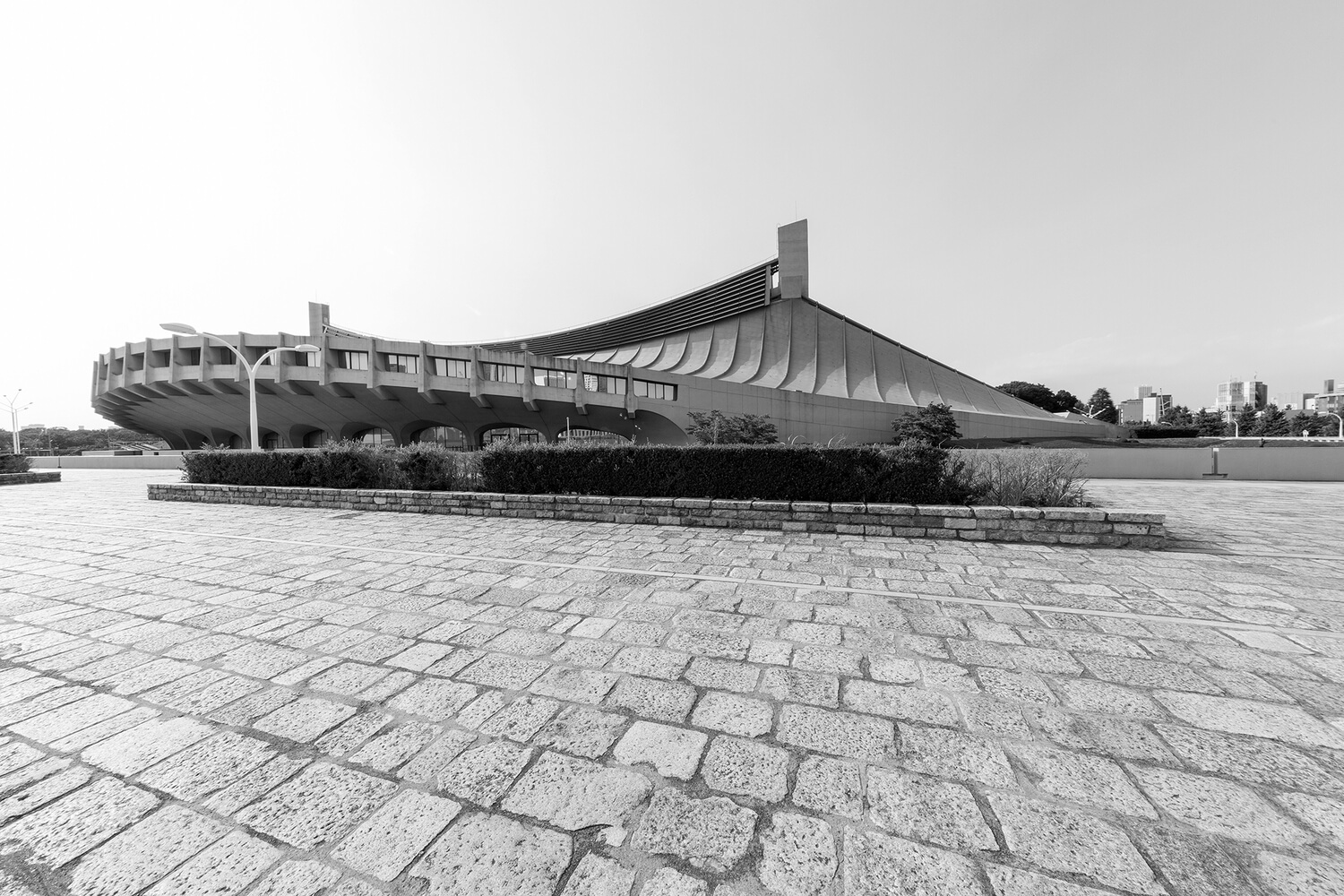
© Jimmy Cohrssen for Blue Crow Media
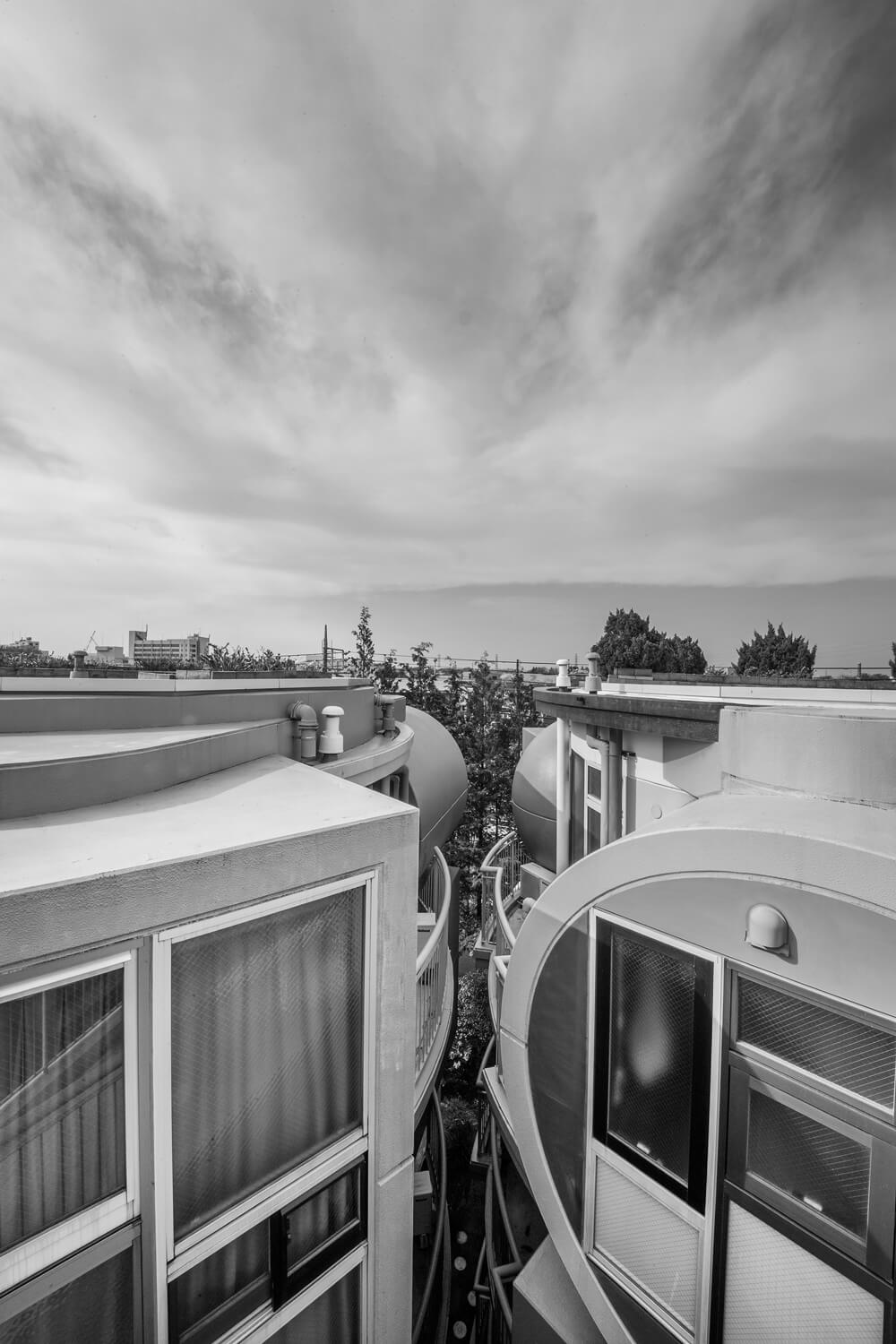
© Jimmy Cohrssen for Blue Crow Media
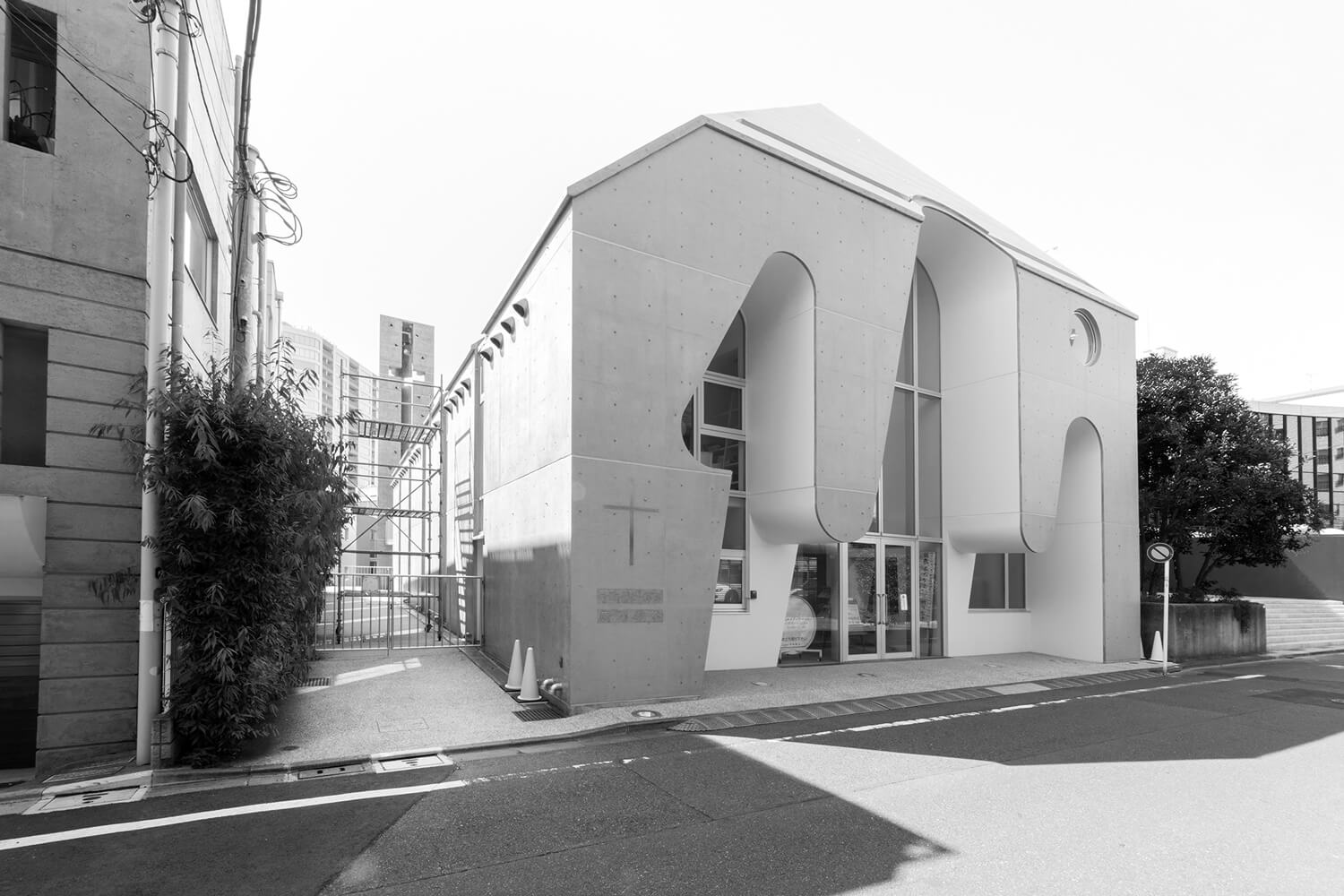
© Jimmy Cohrssen for Blue Crow Media
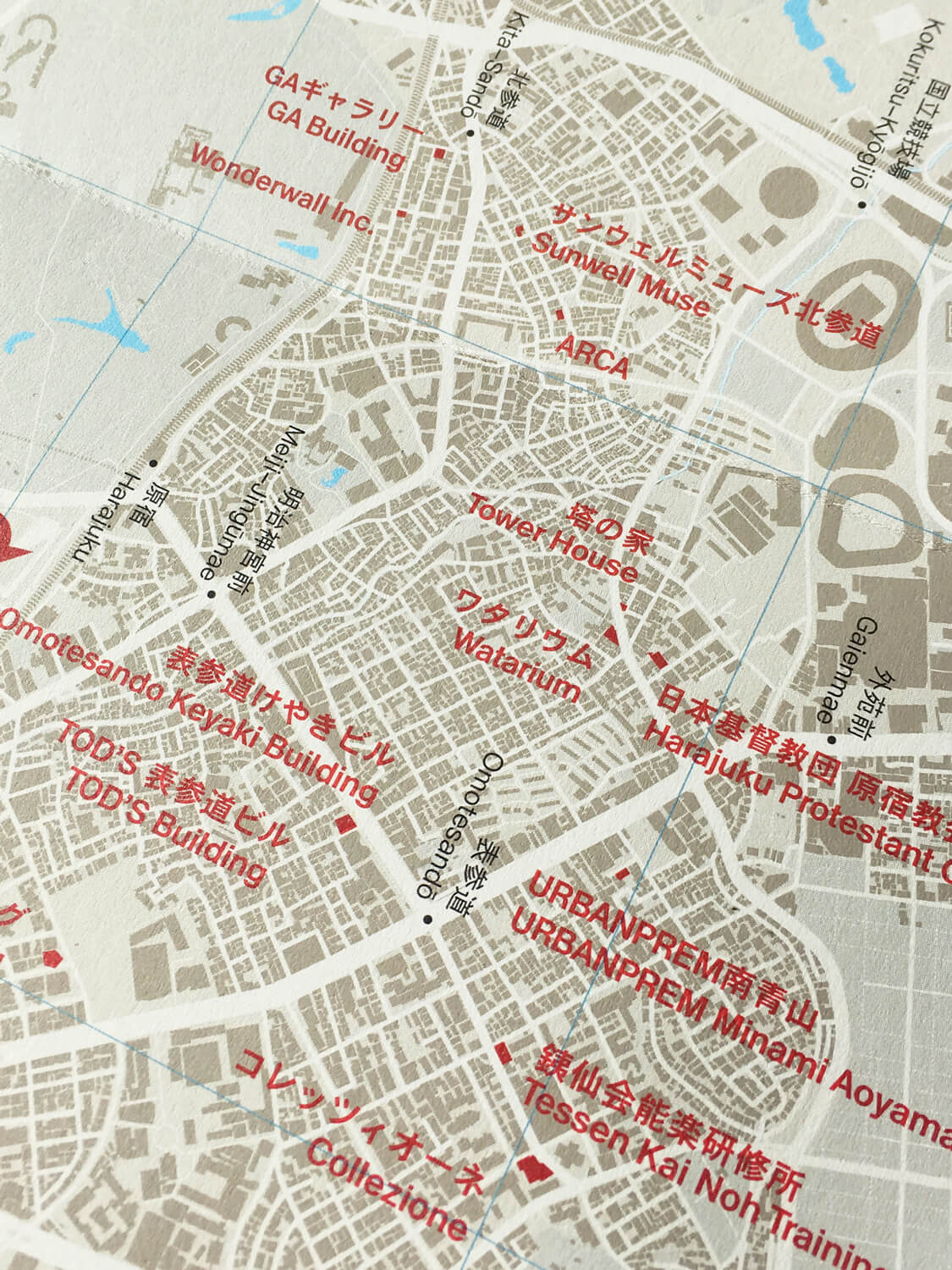
Courtesy of Blue Crow Media
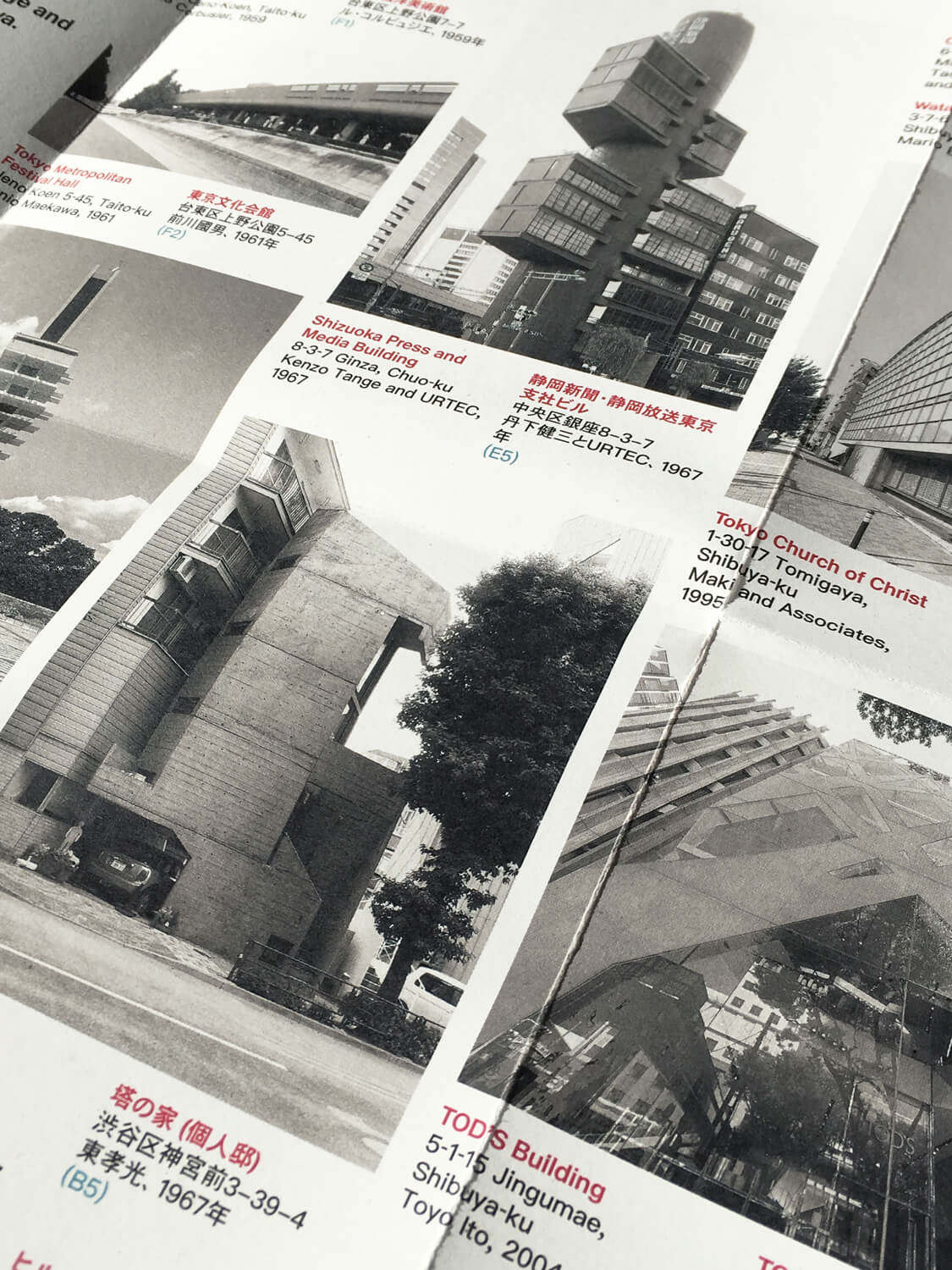
Courtesy of Blue Crow Media
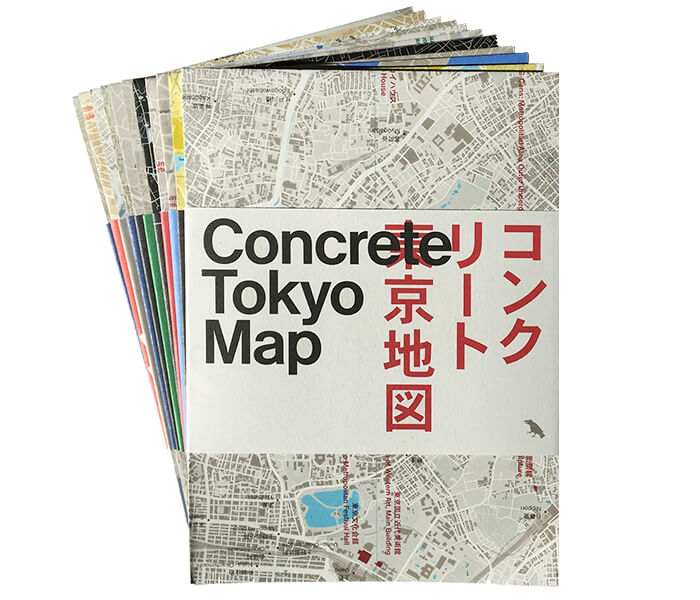
Courtesy of Blue Crow Media
TRENDING
-
The Tattoos that Marked the Criminals of the Edo Period
Traditional tattoos were strong signifiers; murderers had head tattoos, while theft might result in an arm tattoo.

-
Paris, Tokyo: Robert Compagnon
With his co-chef and talented wife, Jessica Yang, Robert Compagnon opened one of the top new restaurants in Paris: Le Rigmarole.
 3:31
3:31 -
The Story of Sada Yacco, the Geisha who Bewitched Europe
Described by Dazed magazine as the first beauty influencer, she has been restored to her former glory since 2019.

-
Ito Jakuchu's Naturalist Paintings
From 15 September until 14 October 2018, the Petit Palais showcased the artist's iconic ‘Images of the Colourful Realm of Living Beings’.

-
Chiharu Shiota, Red Threads of the Soul
Last year, more than 660,000 people visited the retrospective 'Chiharu Shiota: The Soul Trembles' exhibit at the Mori Art Museum.





